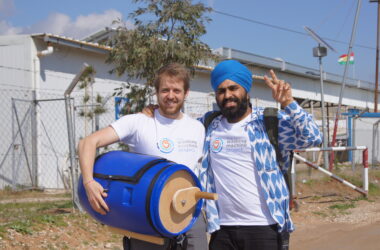University of Bath Engineers have created a pioneering new way to ventilate multiple COVID patients in the event equipment shortages.

Demand for ventilator – machines that assist a patient to breathe if they are unable to on their own – was a key concern in the first wave of the COVID-19 pandemic, and as the second wave peaks in the UK there is concern once again about what will happen if the number of ventilators run low.
An obvious solution would be to have two patients share a single ventilator. However, putting two people on a single machine is a complex process because their lung capacities have to similar to avoid the machine causing damage.
What Engineers at the University of Bath have done is come up with a new mathematical model to allow medical staff to more easily match patients to the resistance on the machine – allowing to safely ventilate both patients.
The BathRC model could provide relief for hospitals struggling with ventilator demand not just in the UK but across the world.
Professor Richie Gill – the project’s principal investigator explained that the team we “not advocating dual-patient ventilation, but in extreme situations in parts of the world, it may be the only option available as a last resort” and as the “potential risk of hospitals running short of ventilators [..] it is important we explore contingencies, such as how to maximise capacity”.
A solution like this would not be used in critical care but for patients who might need to be placed on a ventilator for several weeks.
The new model has not been tested on people yet but the new model represents an important step forward in the fight against COVID across the world.







